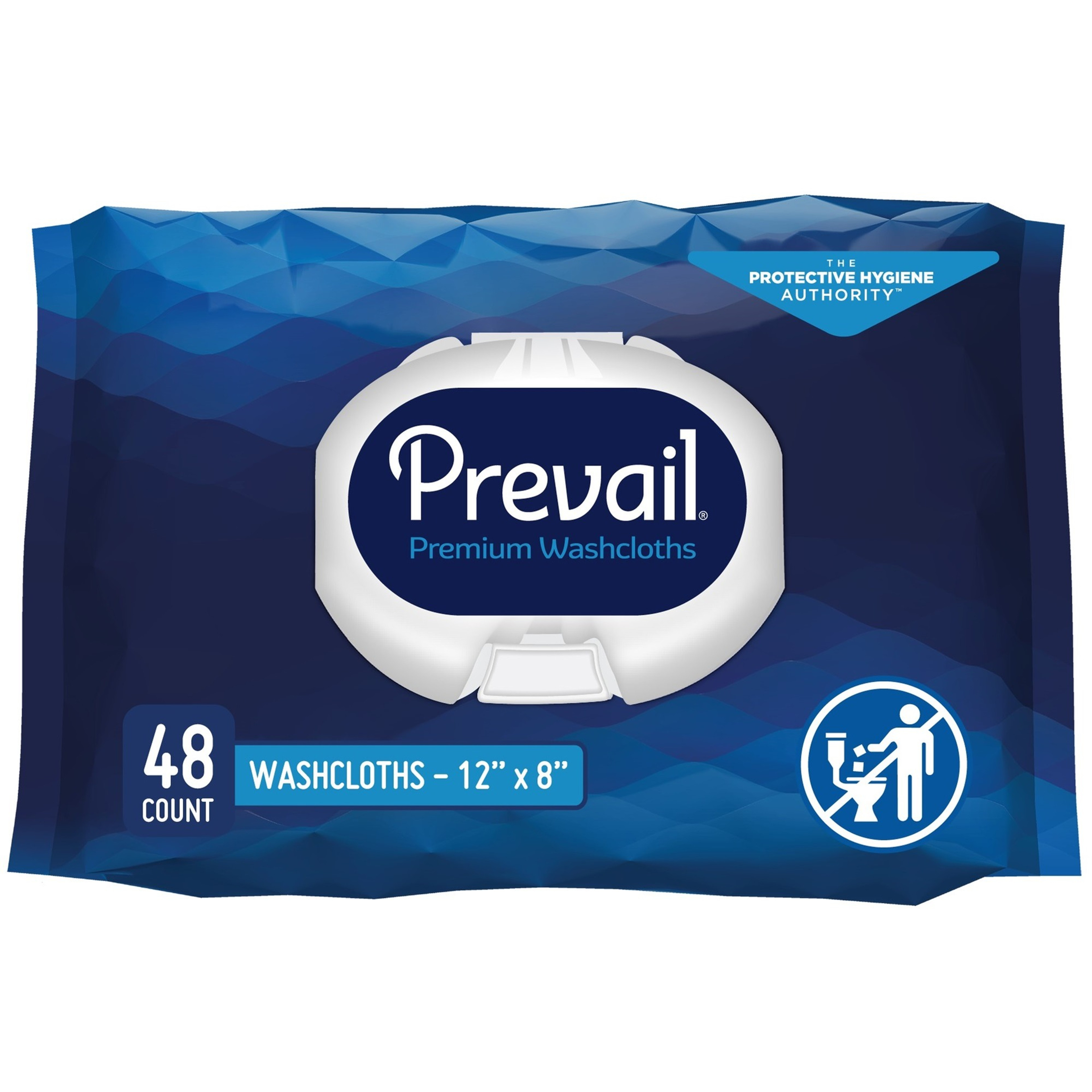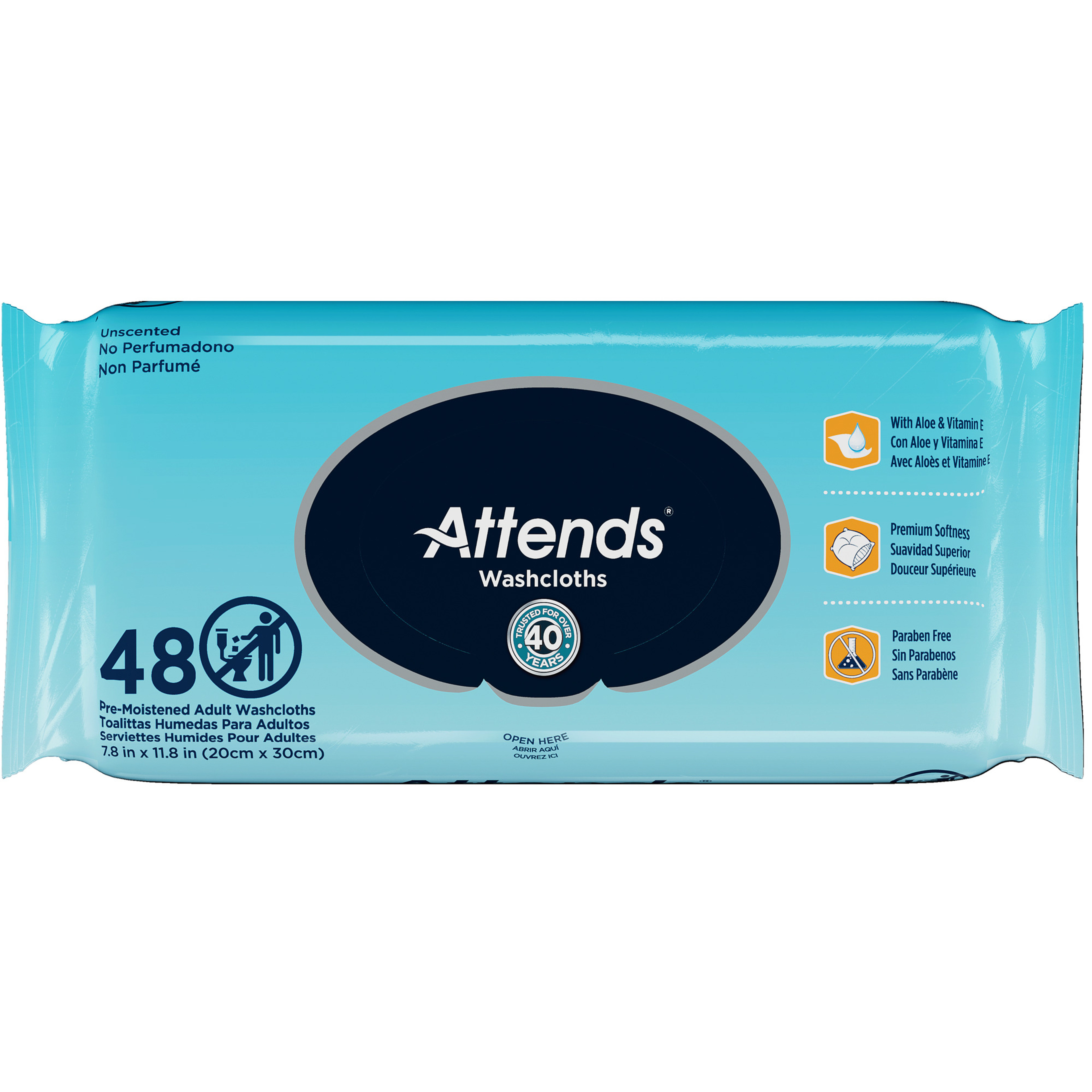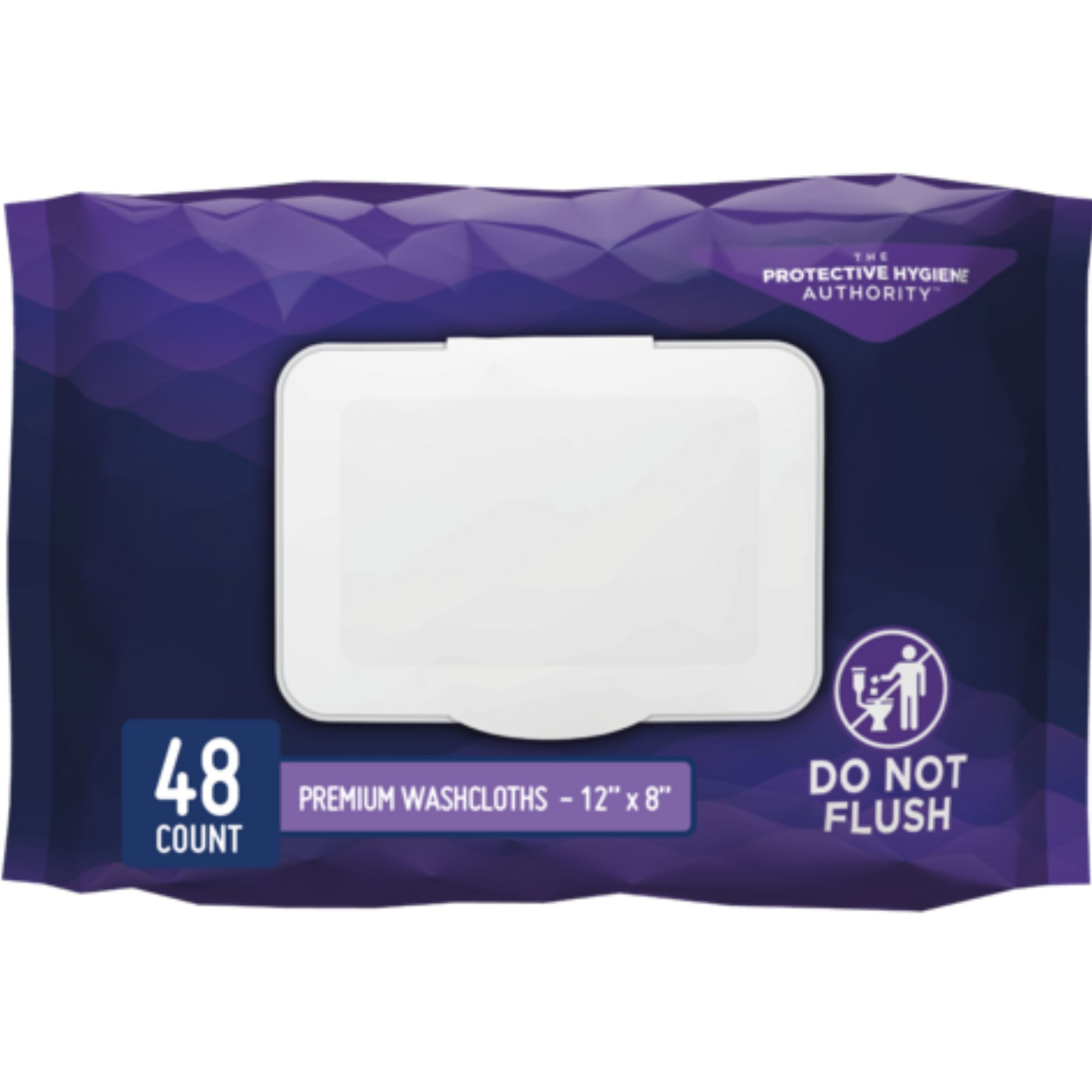
Carewell Premium Overnight Incontinence Pull-Up Underwear, Full Coverage Fit X-Large (48-62 inches) - Case of 56
Arrives Fri, Jan 2 - Sun, Jan 4
FSA & HSA eligible

Arrives Fri, Jan 2 - Sun, Jan 4
FSA & HSA eligible

Arrives Fri, Jan 2 - Sun, Jan 4
FSA & HSA eligible

Arrives Fri, Jan 2 - Sun, Jan 4

Arrives Fri, Jan 2 - Sun, Jan 4
FSA & HSA eligible

Arrives Fri, Jan 2 - Sun, Jan 4

Arrives Fri, Jan 2 - Sun, Jan 4
FSA & HSA eligible

Arrives Fri, Jan 2 - Sun, Jan 4
FSA & HSA eligible

Arrives Fri, Jan 2 - Sun, Jan 4
FSA & HSA eligible

Arrives Fri, Jan 2 - Sun, Jan 4
FSA & HSA eligible

Arrives Fri, Jan 2 - Sun, Jan 4
FSA & HSA eligible

Arrives Fri, Jan 2 - Sun, Jan 4
FSA & HSA eligible

Arrives Fri, Jan 2 - Sun, Jan 4

Arrives Fri, Jan 2 - Sun, Jan 4

Arrives Fri, Jan 2 - Sun, Jan 4
FSA & HSA eligible

Arrives Fri, Jan 2 - Sun, Jan 4

Arrives Fri, Jan 2 - Sun, Jan 4
FSA & HSA eligible

Arrives Fri, Jan 2 - Sun, Jan 4

Arrives Fri, Jan 2 - Sun, Jan 4
FSA & HSA eligible

Arrives Fri, Jan 2 - Sun, Jan 4
FSA & HSA eligible

Arrives Fri, Jan 2 - Sun, Jan 4

Arrives Fri, Jan 2 - Sun, Jan 4

Arrives Fri, Jan 2 - Sun, Jan 4
FSA & HSA eligible

Arrives Fri, Jan 2 - Sun, Jan 4

Arrives Fri, Jan 2 - Sun, Jan 4
FSA & HSA eligible
Finding the right incontinence products can improve comfort, confidence, and quality of life—whether you're managing occasional leaks or seeking solutions for more persistent incontinence. With a range of options available, it’s important to understand the different types of incontinence products and how they can support individual needs.
Adult diapers, protective underwear, absorbent underwear, and disposable underwear come in two styles. Pull up underwear is ideal for those seeking a discreet, comfortable, and easy-to-use solution for light to moderate leaks, while incontinence briefs (tab-style) provide secure, heavy-duty protection for individuals with moderate to heavy incontinence. You can also find products specifically designed for the male and female anatomy, such as adult diapers for men and adult diapers for women.
If wearable products aren't your preferred choice for incontinence care, catheters (both internal and external types) offer an effective way to manage bladder drainage. Your doctor is your best resource to determine if this is the right approach for you.
Bladder control products like liners, pads, and male guards offer lightweight, targeted protection for stress or urge incontinence. Meanwhile, bed pads and underpads protect mattresses, furniture, and wheelchairs from leakage, adding peace of mind—especially overnight.
For hygiene and skin care, wipes and creams play a crucial role. Cleansing wipes help maintain skin freshness between product changes, while barrier creams protect from moisture and irritation, promoting skin health and comfort.
Choosing the right incontinence product depends on your specific needs:
Type and level of incontinence: Light bladder leakage may require only pads or liners, while total loss of bladder control may call for adult diapers or briefs with maximum absorbency.
User mobility: Individuals who can self-toilet often prefer pull-up styles like protective or disposable underwear, while caregivers may opt for tab-style briefs that are easier to change.
Setting and use time: Use breathable products for daytime and more absorbent options—like underpads or overnight briefs—for nighttime protection or extended wear situations.
We source our products from top healthcare brands like Tena, Attends, and Prevail; that's why family caregivers, medical professionals, and everyday users trust Carewell.
Many of our incontinence products are FSA/HSA-eligible. Browse our full selection of incontinence products—including adult diapers, protective underwear, catheters, bed pads, wipes, and more—online now and enjoy fast, free shipping on orders over $49. Need help choosing the right product? Our friendly Care Team is here for you. Call us at 800-696-2273. We’re here to help you feel confident and supported, every step of the way.
Download our free guide: Carewell’s Guide to Incontinece and Toileting, or browse our Resource Center for more helpful tips.
Carewell Incontinence Underwear: Overnight & Heavy Full Coverage Fit
Top 10 Washcloths and Moist Towelettes